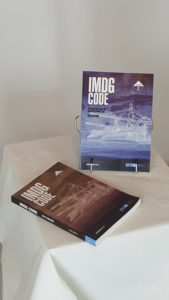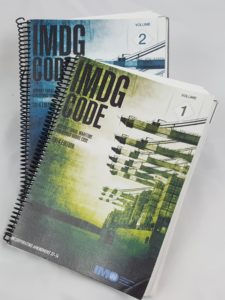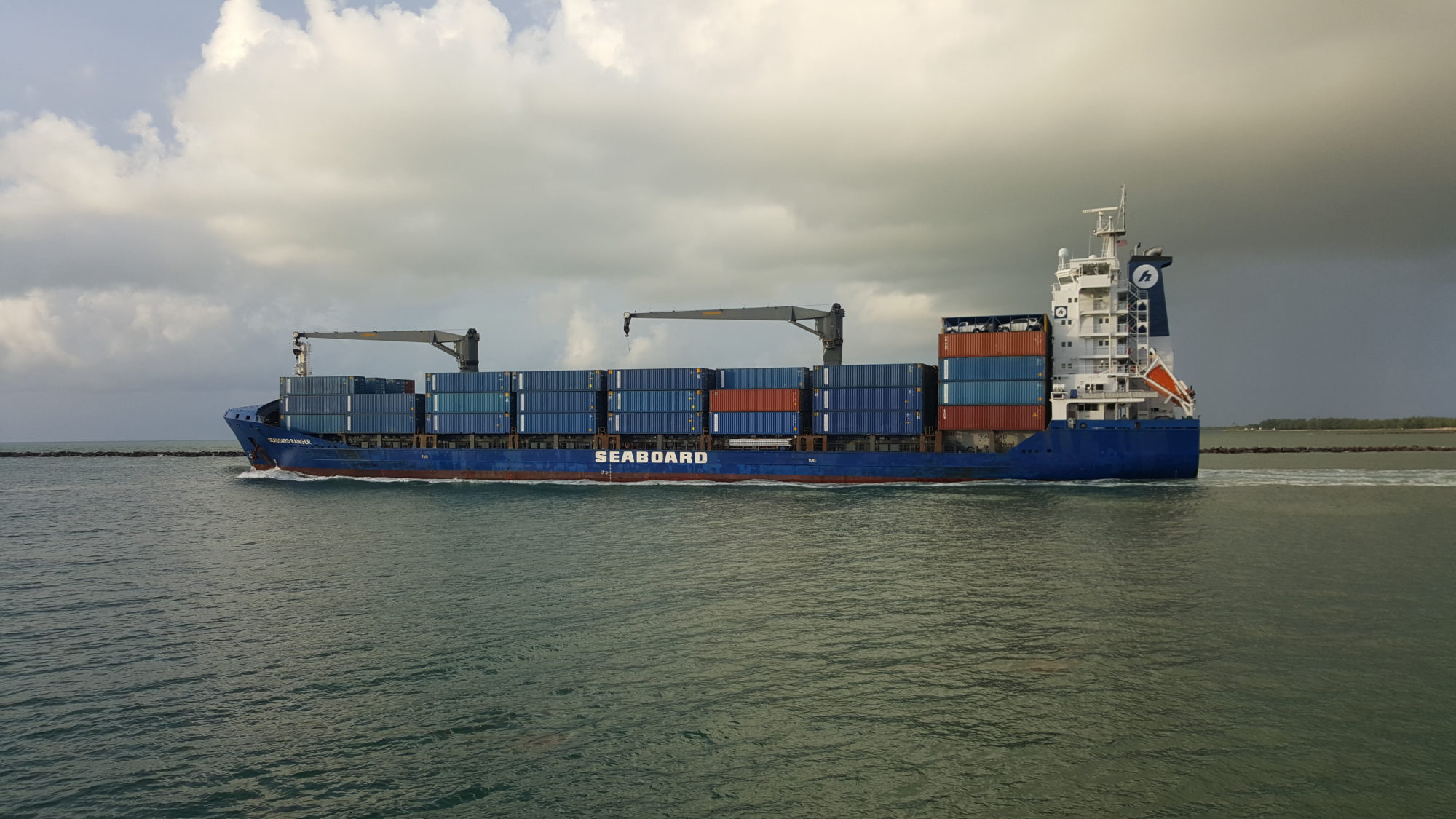The international transportation of a dangerous good by vessel – over water – is subject to the dangerous goods code of the International Maritime Organization (IMO).
The IMDG Code is published by the IMO every two years. In effect until the end of 2017 is the 2014 Edition which includes the 37-14 amendments. It will be replaced on January 1, 2018 with the 2016 Edition which includes the 38-16 amendments (read: The IMDG Code Amendment Cycle – 2016 thru 2025). The important thing to realize is this: as of January 1, 2018, if you offer a dangerous good for international transportation by vessel you must comply with the 2016 Edition of the IMDG Code. Therefore, as a shipper of dangerous goods you must be aware of any changes to the 2016 Edition from the 2014 Edition. The purpose of this article is to summarize the significant changes to the 2016 Edition of the IMDG Code.
Remember, this only my summary of the significant changes to the 2016 Edition that have been identified by the IMO. You can read the IMO’s more complete list here: from the IMO website: Significant Changes to the 2016 Edition of the IMDG Code Also, you may refer to the reference marks which indicate changes to the IMDG Code from the previous edition.
Contact me with any questions you may have about the transportation of hazardous materials by air, highway, vessel, or rail International and Domestic Daniels Training Services, Inc. 815.821.1550 |
Classification:
- A test method has been identified for the use of classifying a substances that is listed by name in the Dangerous Goods List but does not meet the criteria for the hazard class or division for that dangerous good.
- A new criteria and documentation requirement has been added for the purpose of assigning fireworks to a hazard division.
- A new criteria has been added for determining viscosity in Class 3 Flammable Liquids.
- Polymerizing substances have been added to Class 4.1 Flammable Solids.
- New sections have been added defining the following classes of dangerous goods that are not accepted for transport:
- Gases
- Flammable liquids
- Toxic substances
- Corrosives
Packing Instructions:
- New packing instructions have been added:
- P005 for the new Engine proper shipping names under UN3528, UN3529, and UN3530.
- P412 for the new UN3527 “POLYESTER RESIN KIT, solid base material”.
- P910 for prototype and low production runs of lithium cells and batteries.
- LP200 for aerosols in a large packaging.
- New ISO standards have been incorporated into the applicable packing instructions for gases and the design and construction criteria of UN pressure receptacles and multiple-element gas containers.
Updates to the Dangerous Goods List:
- The proper shipping name entries for Engines and Vehicles under UN3166 have been separated. UN3166 now applies solely to entries for a “Vehicle”. “Engines” now fall under the new entries for UN3528, UN3529, and UN3530.
- Polyester resin kits have been separated into two entries:
- UN3269, POLYESTER RESIN KIT, liquid base material
- UN3257, POLYESTER RESIN KIT, solid base material
- Polymerizing substances of Class 4.1 have been assigned to new entries: UN3531, UN3532, UN3533, and UN3534.


Like this article? Subscribe to my Monthly Newsletter No marketing emails! |
Special Provisions – Added, Revised, & Removed:
- SP188 now requires a standardized lithium battery mark for excepted shipments of lithium cells and batteries.
- The aforementioned separation of the proper shipping name entries for Engines and Vehicles has had the following effect:
- SP312, SP363, SP961, and SP962 have been revised.
- SP380 & SP385 have been added.
- SP970 has been removed.
- SP236 now inludes Class 4.1 solid base materials for polyester resin kits.
- The packaging requirements for prototypes or a low production run of lithium batteries have been moved from SP310 to their new location at packing instruction P910.
- The new Class 9 Miscellaneous Dangerous Goods label has been adopted for use with shipments of lithium ion or lithium metal cells and batteries at SP384.
Consignment Procedures – Marking and Labeling of Packages:
- The package mark “Overpack” now has a minimum height requirement of 12 mm.
- The new Class 9 Miscellaneous Dangerous Goods label has been adopted for use with packages bearing lithium ion or lithium metal cells or batteries (SP384).
That’s it for the significant changes to the 2016 Edition of the IMDG Code. So, what should you do now?
Step 1: Purchase the 2016 Edition of the IMDG Code
Step 2: Review the code to determine if their are any changes that affect your compliance
Step 3: Contact me for in-depth site-specific Onsite Training required by the IMDG Code.

